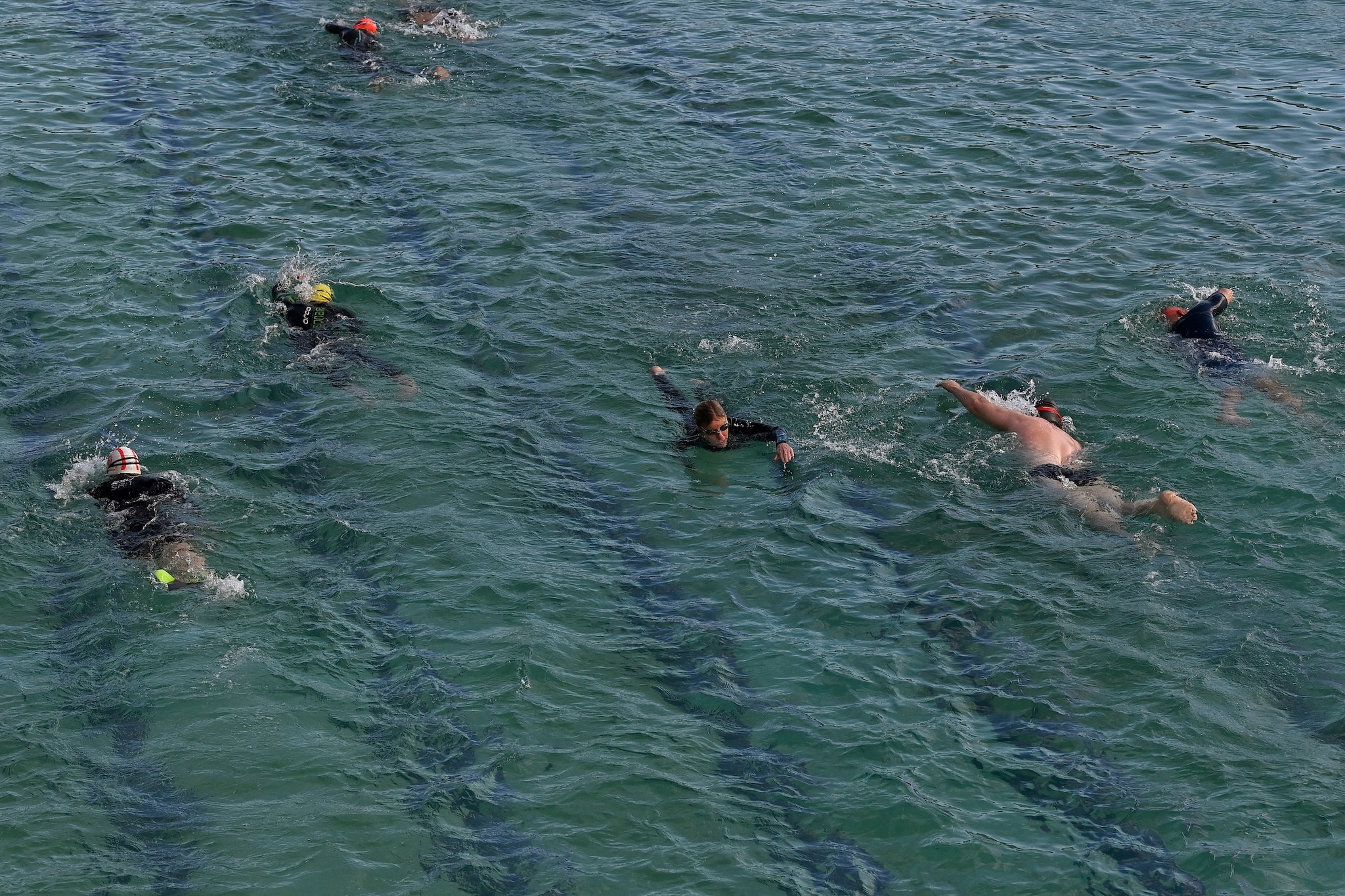Australia has seen a 20 per cent rise in drowning deaths in the past year


Australia has seen a rise in drowning deaths over the past 12 months as people holiday at home and more swim in remote, unpatrolled areas.
There were 294 drowning deaths at beaches, inland waterways and pools in the past financial year, according to annual reports from Royal Life Saving Society Australia and Surf Life Saving Australia.
That is up 20 per cent from 245 drownings during the previous 12-month period. There were a further 674 non-fatal incidents.
While many of the deaths are still under coronial investigation, long-term statistics reveal overseas tourists and migrant families are adversely affected by drownings.
Royal Life Saving Society data over the past 17 years shows 47 per cent of coastal drowning deaths involved people who were born overseas.
The reports, released on Wednesday, also identified a rise in drowning deaths immediately after large-scale lockdowns, as Australians increasingly holidayed at home and swam in unfamiliar locations.
More people were travelling to remote areas to escape crowds, the reports said, swimming outside patrolled hours and taking more day trips to isolated beaches, rivers or lakes.
The risks of drownings at home were also higher, with adults prone to becoming complacent when exhausted from working from home and home-schooling.
In addition, the coronavirus has interrupted swimming lessons for children and reduced pool access for adults and teenagers who are no longer fit to swim or lack confidence.
Twenty-five of the drowning deaths involved children four or under, up 108 per cent on the previous 12-month period.
“Royal Life Saving fears that many children will never return to lessons, so won’t meet the fundamental water safety benchmarks,” chief executive Justin Scarr said.
The Royal Life Saving Society has translated water safety messages into a variety of languages, and flyers are available on its website.
Men make up 80 per cent of deaths
In a familiar trend, men accounted for 80 per cent of drowning deaths. Alcohol and drugs, risk-taking behaviour and overestimating their ability were common factors.
With deaths in coastal waters rising to 136, Surf Life Saving Australia chief executive Adam Weir said people should be aware of their limits.
“Visiting and exploring new places we know is going to be high on people’s list when coming out of lockdown. But be sure to seek out patrolled beaches,” he said.
Both authorities are considering a number of prevention strategies ahead of the warmer months, including bringing forward water safety campaigns to coincide with forecast easing of coronavirus restrictions.
Federal Sport Minister Richard Colbeck said the ultimate responsibility to prevent drownings rests with everybody.
“Drowning deaths are more than just numbers on a page. Every death is a tragedy that impacts families for years to come,” he said.
Most drowning deaths occurred in rivers or creeks, followed by beaches and then other ocean or harbour locations.
Source: sbs.com.au




